In the Grow Your Own Nutrition second part, I will be discussing growing ‘permanent’ crops. That is herbaceous perennial plants, shrubs, and small trees that remain or return each year.
The first thing to consider when planning your planting is what sort of fruit and vegetables you like to eat, and how much of it you can grow. For example, radishes are quick and easy to grow, but there’s not much point if you don’t like to eat them. It’s also worth growing crops that are expensive in the shops or aren’t available at all. And, in a confined space, you need to consider how much of each crop you’re going to get, and how quickly. For example, asparagus is fabulous and tastes wonderful, but it takes up quite a bit of space, takes several years before you can harvest it, and crops for only a few weeks a year.
Permanent and Perennial Crops
By ‘perennial’, we mean plants that live for more than one year. How many years they go on for depends on the crop. Strawberries, for example, are good for only three or four years before they need replacing. But an asparagus bed can last 20 years or more. The crops described here are the ones I grow. So they’re examples of what you can fit into a 20-square-meter plot. There’s plenty more!
1. Soft Fruit Bushes and Fruit trees
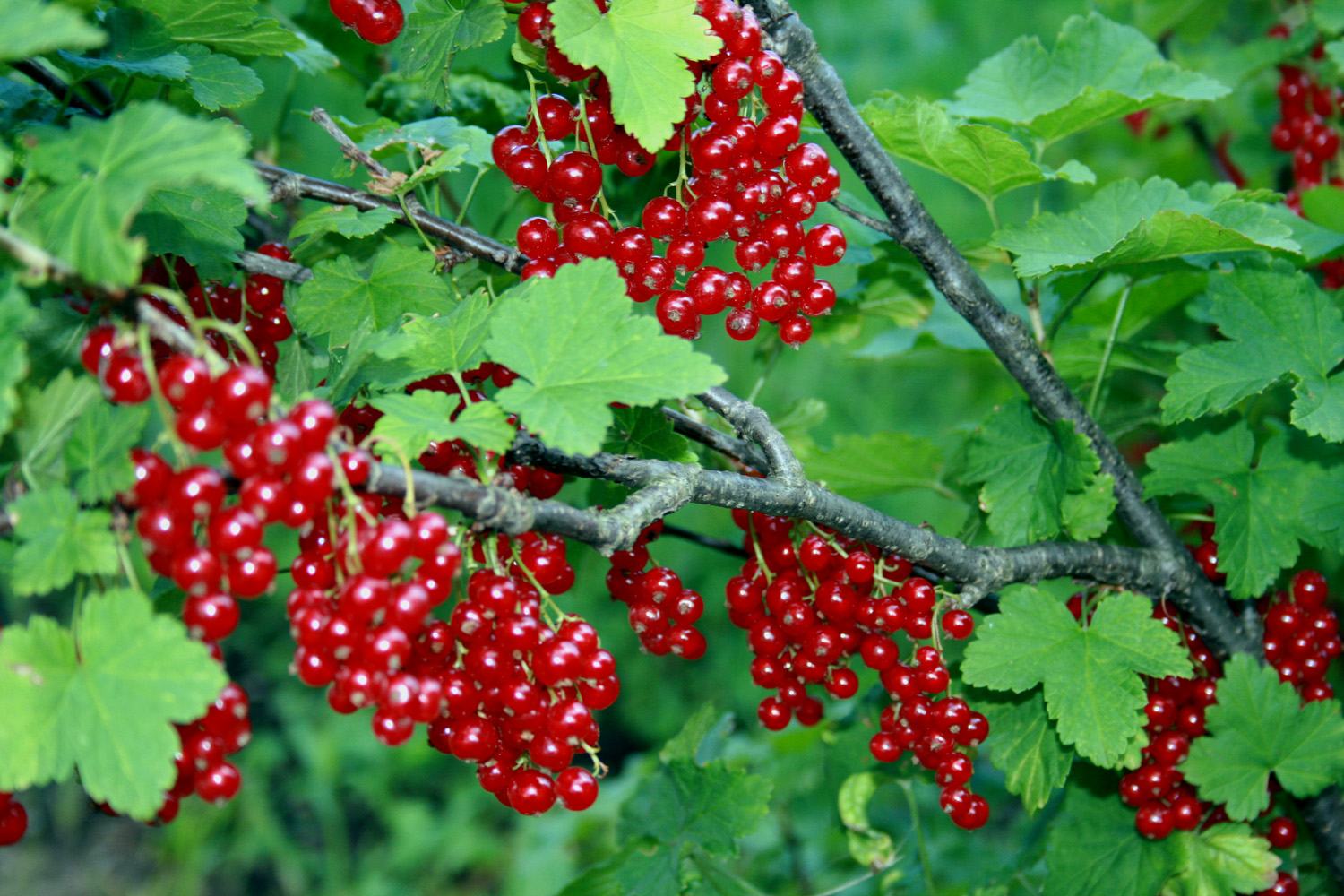 By ‘soft fruit’, we generally mean fruits that grow on smaller shrubs rather than trees. Soft fruit bushes are worth having. I grow redcurrants, blackcurrants, and gooseberries. These all take a couple of years after planting to produce a decent crop. But it’s worth the wait. Gooseberries are particularly good for getting a lot of fruit from one small bush. I also grow blueberries, which are a wonderful ‘superfood’, full of antioxidants. But they need acidic soils. You can achieve that in a very localized way by gently forking sulphur chips into the soil around the roots. This reduces the pH of the soil dramatically. I have three blueberry bushes: an early variety, a mid-season variety, and a late variety. This extends the harvesting season significantly.
By ‘soft fruit’, we generally mean fruits that grow on smaller shrubs rather than trees. Soft fruit bushes are worth having. I grow redcurrants, blackcurrants, and gooseberries. These all take a couple of years after planting to produce a decent crop. But it’s worth the wait. Gooseberries are particularly good for getting a lot of fruit from one small bush. I also grow blueberries, which are a wonderful ‘superfood’, full of antioxidants. But they need acidic soils. You can achieve that in a very localized way by gently forking sulphur chips into the soil around the roots. This reduces the pH of the soil dramatically. I have three blueberry bushes: an early variety, a mid-season variety, and a late variety. This extends the harvesting season significantly.
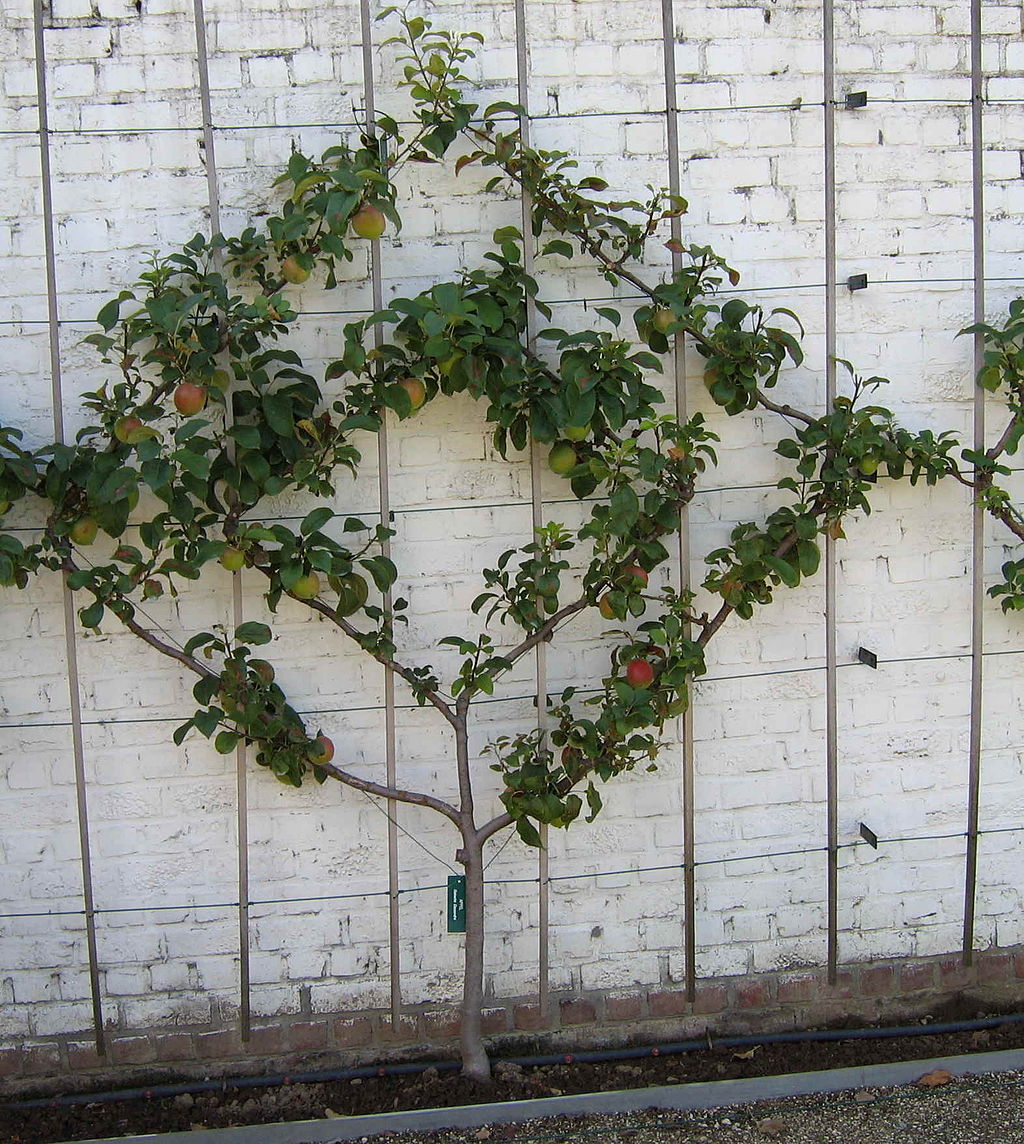 Traditional fruit trees are rather too large for a small vegetable plot. However, many fruit trees are now available on dwarfing rootstock. This means the grower has grafted the upper part of a particular variety of apple trees onto the root of a dwarf tree. So you get full-size apples on a tree that grows not more than one or two meters tall. Even these dwarf trees will take a few years before they produce a crop. But you can easily fit a couple of them in a small plot as they take up very little space. You can get grafted versions of apples, pears, plums, cherries, peaches, and more.
Traditional fruit trees are rather too large for a small vegetable plot. However, many fruit trees are now available on dwarfing rootstock. This means the grower has grafted the upper part of a particular variety of apple trees onto the root of a dwarf tree. So you get full-size apples on a tree that grows not more than one or two meters tall. Even these dwarf trees will take a few years before they produce a crop. But you can easily fit a couple of them in a small plot as they take up very little space. You can get grafted versions of apples, pears, plums, cherries, peaches, and more.
You can even get dwarf trees with two different types of fruit grafted onto the same root. These dwarf trees can be left to grow into a traditional tree shape. Or you can train the tree along a fence or wires as espaliers or fans. This saves even more space.
Herbaceous crops
By ‘herbaceous’, we mean crops that die back at the end of each year but return in Spring.
Asparagus
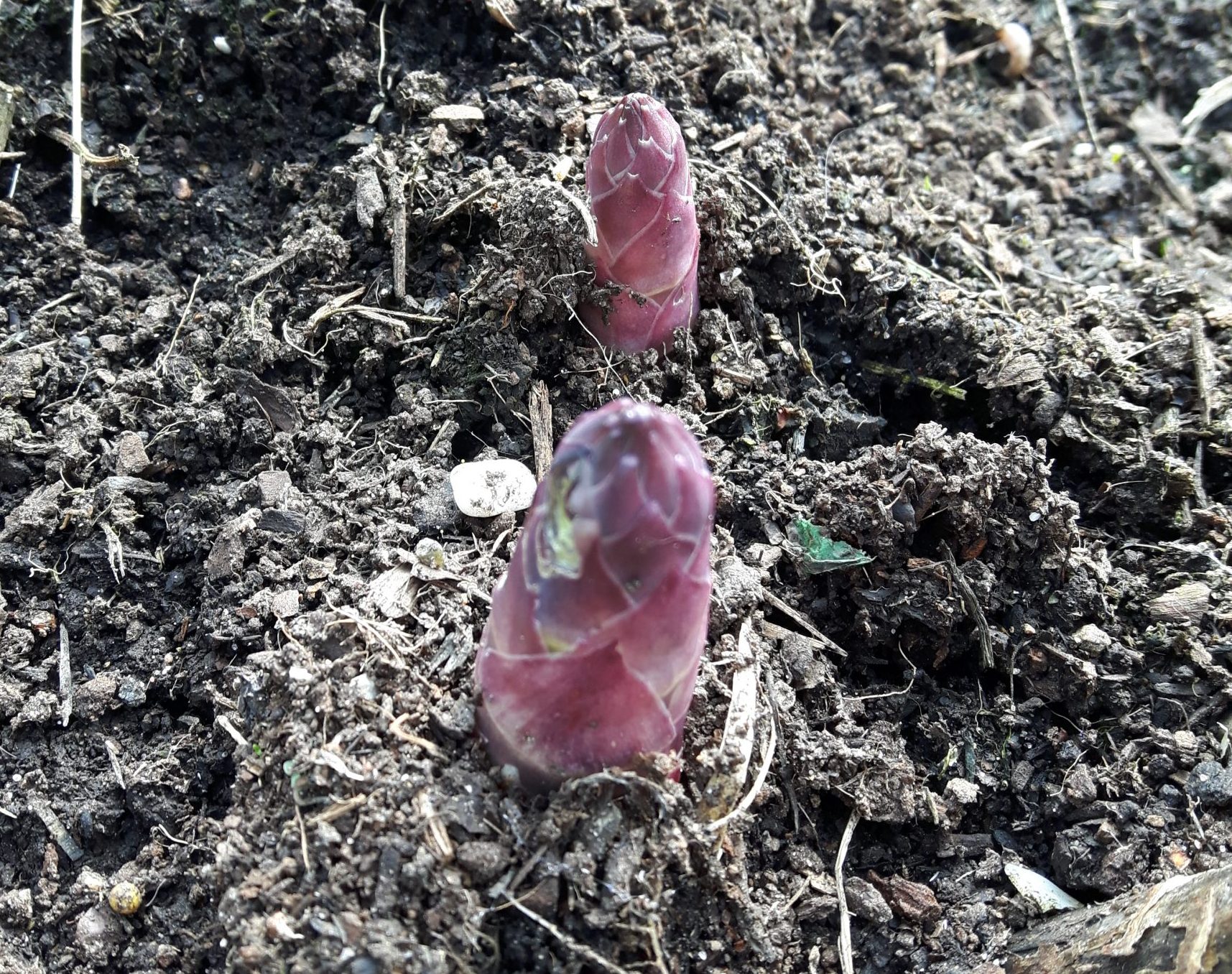 For permanent herbaceous crops, you can’t beat asparagus. As I said earlier, it crops for only a short season. Also, it takes three years or so before you can cut it. But the taste of freshly cut asparagus is so good, it’s worth it. And it grows into rather beautiful, tall, fern-like plants after cropping. The asparagus spears you eat are the newly-sprouted stems as they emerge from the ground, in late April. You can cut the spears for about six weeks. After this, you need to let them grow through the Summer, allowing them to die back completely in Autumn.
For permanent herbaceous crops, you can’t beat asparagus. As I said earlier, it crops for only a short season. Also, it takes three years or so before you can cut it. But the taste of freshly cut asparagus is so good, it’s worth it. And it grows into rather beautiful, tall, fern-like plants after cropping. The asparagus spears you eat are the newly-sprouted stems as they emerge from the ground, in late April. You can cut the spears for about six weeks. After this, you need to let them grow through the Summer, allowing them to die back completely in Autumn.
Asparagus is best grown from ‘crowns’, which are asparagus roots sold by growers. It’ll still take at least three years before you can start to cut the spears. Then they will produce an annual crop for very little effort. In recent years, with climate change, the asparagus beetle has become a problem. Both the larvae and small, bright red beetles destroy the grown ‘ferns’. The best way to deal with them is to pick off the beetles and small squishy larvae by hand every day. Or you can use an organic pyrethrin spray, very sparingly. The plants can regrow when damaged remarkably well.
Rhubarb
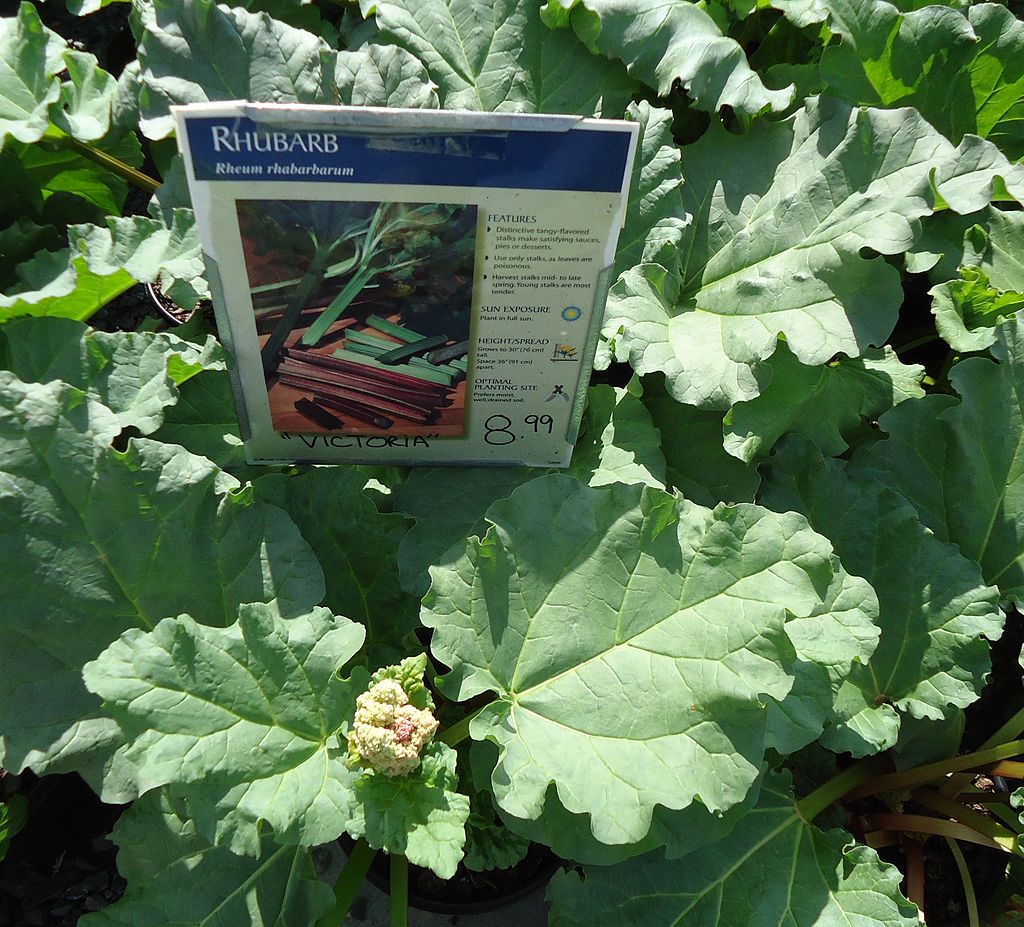 Rhubarb is a good, easy crop too. Buy plants pot grown. You’ll only need one or two. Leave the plant to get established for the first year. Within a couple of years, you’ll have a good crop. Harvest the stems by pulling them rather than cutting, just a few at a time to ensure there’s plenty left to grow. Make sure you cut off and compost the leaves, as they’re toxic. You can harvest rhubarb throughout the Spring and Summer if you don’t pull too many stems at once. Let new stems grow between harvests.
Rhubarb is a good, easy crop too. Buy plants pot grown. You’ll only need one or two. Leave the plant to get established for the first year. Within a couple of years, you’ll have a good crop. Harvest the stems by pulling them rather than cutting, just a few at a time to ensure there’s plenty left to grow. Make sure you cut off and compost the leaves, as they’re toxic. You can harvest rhubarb throughout the Spring and Summer if you don’t pull too many stems at once. Let new stems grow between harvests.
If you see flower spikes growing on your rhubarb plants, break them off. If the plant flowers, it won’t grow much for the rest of the year.
Artichokes
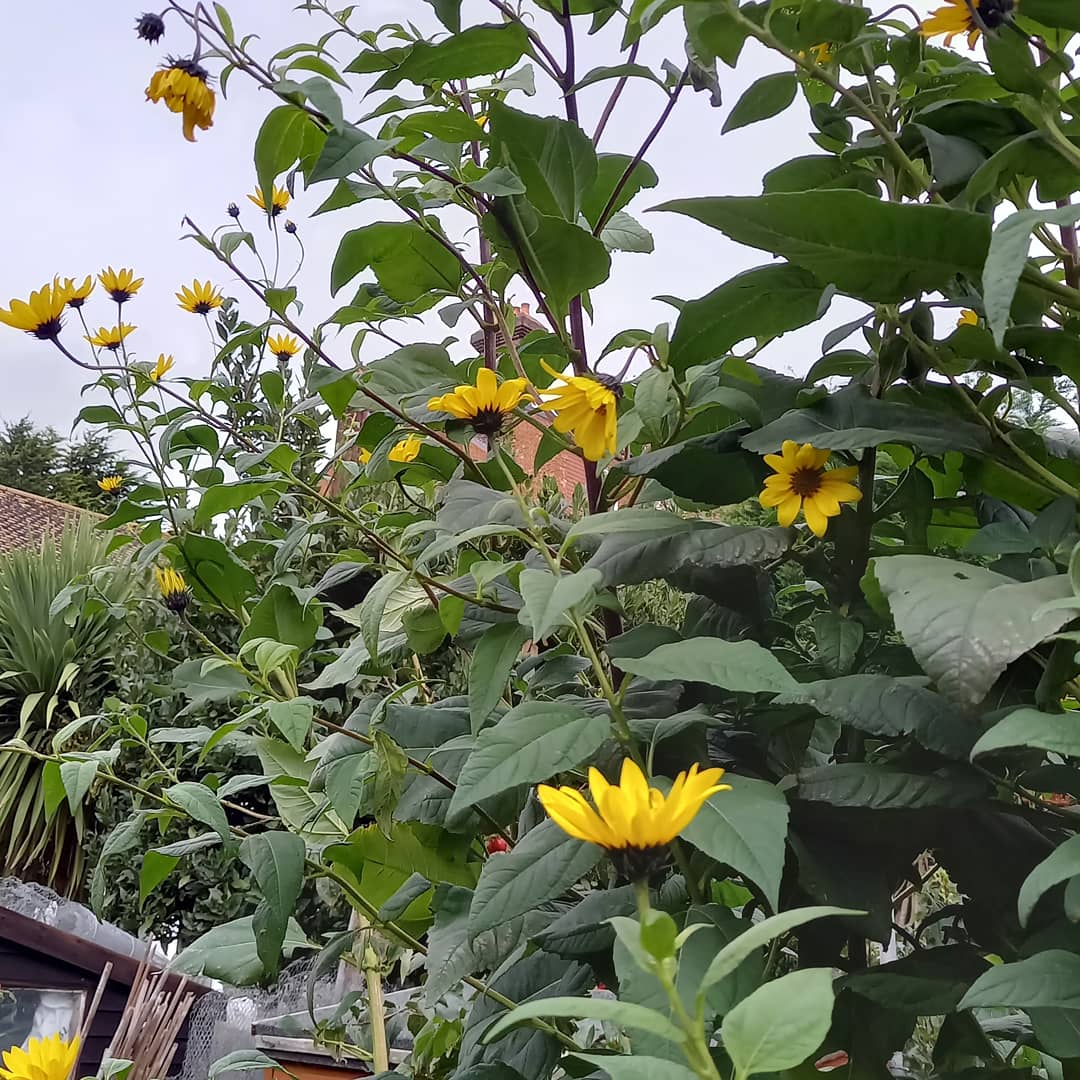 Jerusalem artichokes are fun too, and very easy to grow. Plant the tubers in early Spring and watch them go. They produce very tall, but not very strong, leafy plants. They need support, or they’ll get knocked down by the wind. The plants grow to more than three meters tall. They produce a magnificent display of small, yellow sunflower-like blooms in September. After they’ve flowered, let them die back. Cut off the stems when they’ve reabsorbed nutrients into the tubers (so they’ve gone brown). Then you can harvest the tubers.
Jerusalem artichokes are fun too, and very easy to grow. Plant the tubers in early Spring and watch them go. They produce very tall, but not very strong, leafy plants. They need support, or they’ll get knocked down by the wind. The plants grow to more than three meters tall. They produce a magnificent display of small, yellow sunflower-like blooms in September. After they’ve flowered, let them die back. Cut off the stems when they’ve reabsorbed nutrients into the tubers (so they’ve gone brown). Then you can harvest the tubers.
Technically, these aren’t a permanent crop of course, as you’re harvesting the tubers. But there’s an old gardener’s saying that says ‘there’s no such thing as a gardener who used to grow artichokes’. That’s because no matter how thoroughly you dig them out, there are always some left to regrow. You might want to save a few though when you harvest them, to replant next Spring. Jerusalem artichokes do have a bit of a reputation, in the sense of causing copious and uncontrollable farts. But this effect lessens if you eat more of them, so build up gradually. And don’t start with artichoke soup. It’s delicious but requires a lot of artichokes. If you’re not used to them, you might explode.
Globe artichokes are easy to grow too, although I always find them fiddly to eat and not particularly rewarding. But they look beautiful, producing spiny, architectural plants two or three meters high in the first season. Plant the seeds in early Spring, ideally under glass, and you’ll have a crop the same year.
Strawberries
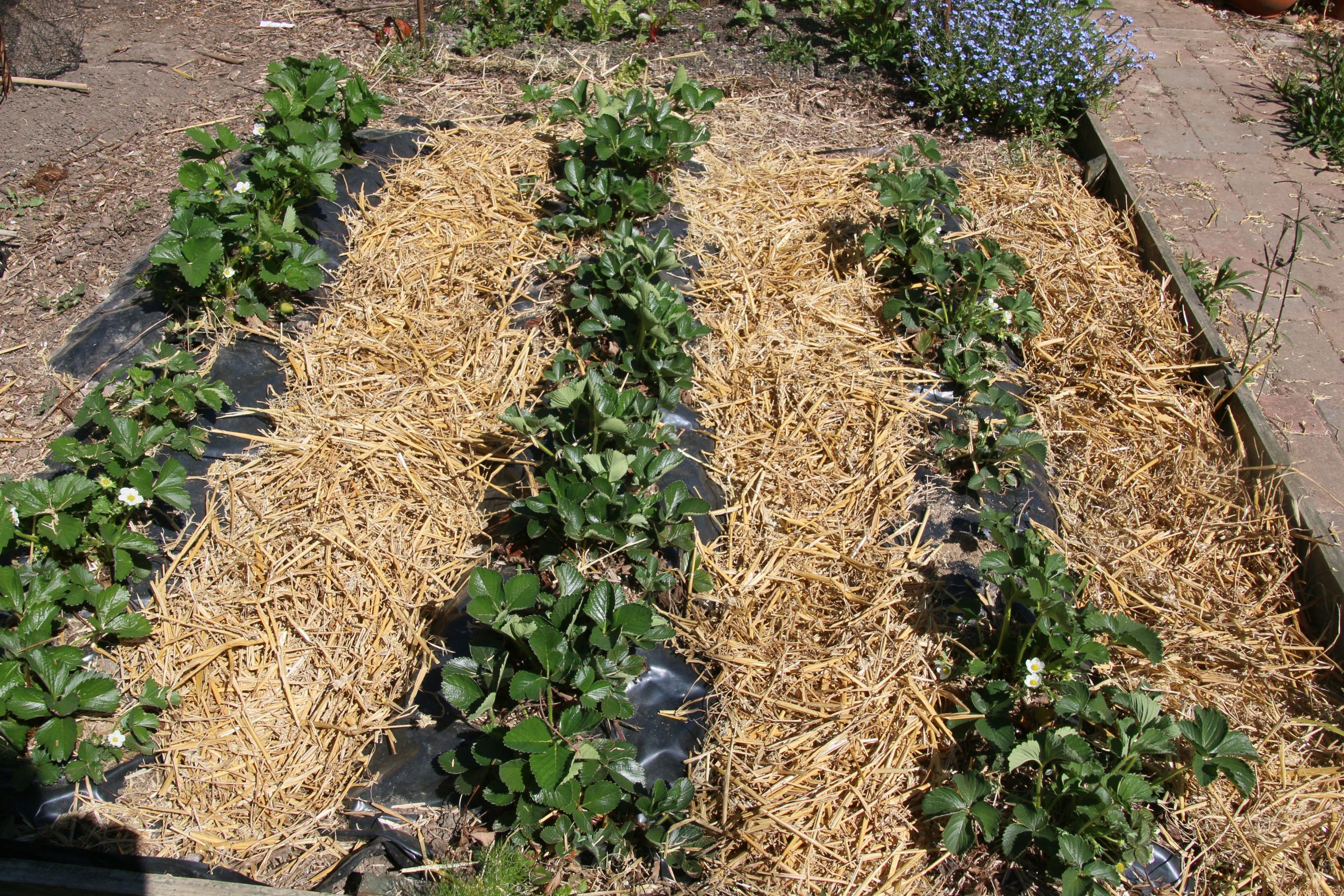 And of course, always grow strawberries. Buy them as bare-rooted plants. Plant around March. Again, there are early, mid, and late-season varieties, so I suggest a row of each. Plant the rows on raised ridges, so you can put straw in the troughs between the rows. This stops the fruit from rotting and helps to deter slugs. I also cover the ridges with black polythene and cut holes in them to plant the strawberry plants. That stops weed growth. The raised ridges also drain freely, which provides good conditions for strawberry plants. But you must water each plant carefully, as the polythene will keep water off the soil.
And of course, always grow strawberries. Buy them as bare-rooted plants. Plant around March. Again, there are early, mid, and late-season varieties, so I suggest a row of each. Plant the rows on raised ridges, so you can put straw in the troughs between the rows. This stops the fruit from rotting and helps to deter slugs. I also cover the ridges with black polythene and cut holes in them to plant the strawberry plants. That stops weed growth. The raised ridges also drain freely, which provides good conditions for strawberry plants. But you must water each plant carefully, as the polythene will keep water off the soil.
Each variety has its particular flavour. But fresh strawberries are completely different from supermarket strawberries. They grow those for long shelf life rather than for flavour. A fresh strawberry, from a variety bred for flavour, is a wondrous thing. Don’t miss out.
Raspberries
Raspberries are good too and again come in Spring, mid-Summer and Autumn varieties. You can buy these as bare rooted dormant stems or 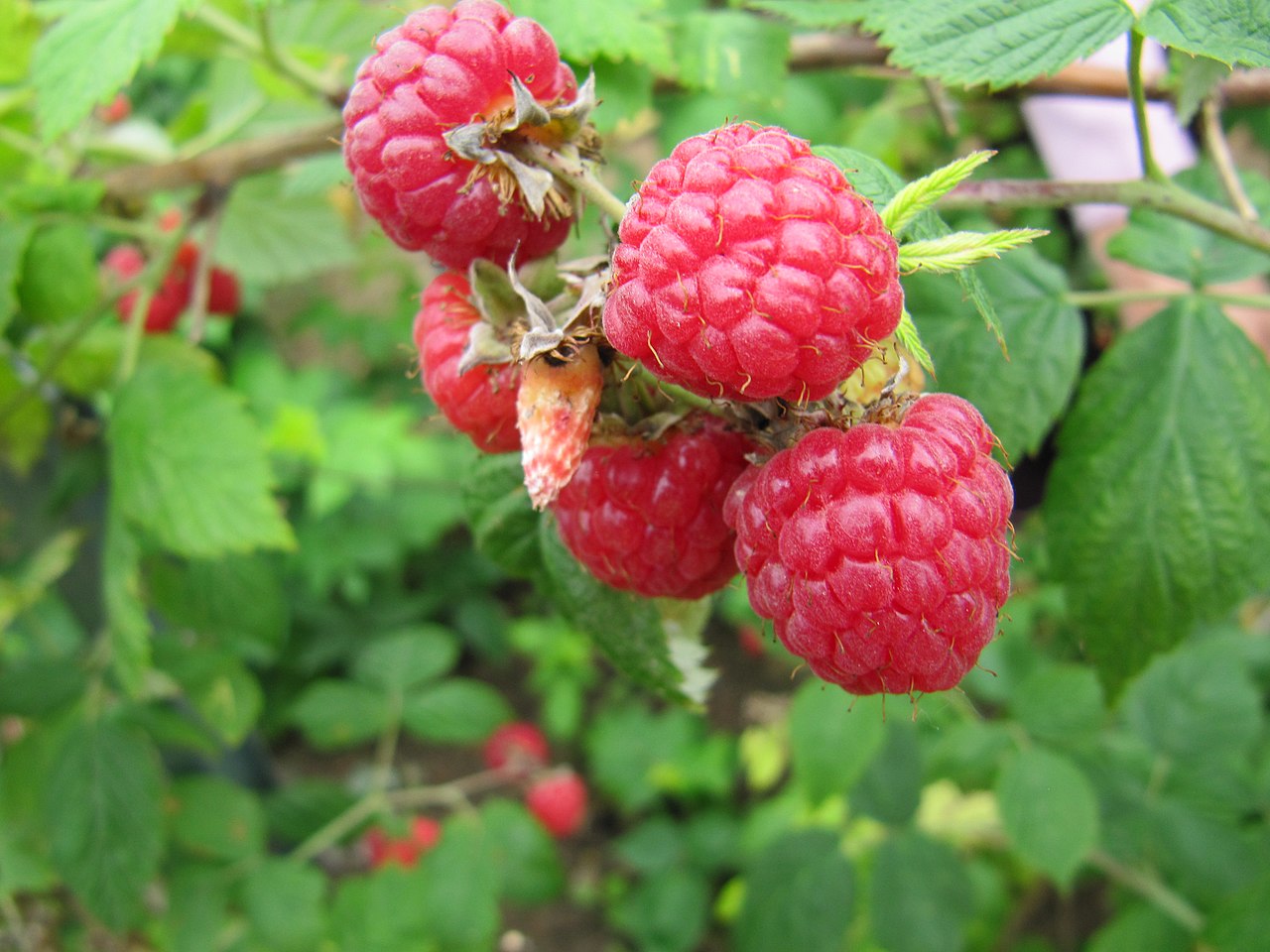 ‘canes’. But choose your supplier carefully. Many of them seem to supply completely dead sticks. To be certain of getting viable plants, you can buy pot-grown canes. But these are considerably more expensive.
‘canes’. But choose your supplier carefully. Many of them seem to supply completely dead sticks. To be certain of getting viable plants, you can buy pot-grown canes. But these are considerably more expensive.
Raspberries need pruning in Winter. Cut Autumn fruiting varieties down to the ground. For Spring fruiting varieties, keep the canes that grew during the Summer, but cut back the older ones that bore the last crop of fruit. However, climate change is affecting raspberries too. They like a cool, damp climate, so do particularly well in Scotland. You might not have so much success in the south of England. Grow raspberries against a wall or fence and tie them to horizontal wires attached to the fence. They’ll need support as they grow. There are plenty of other ‘cane’ crops too. You might want to grow something more unusual, such as loganberries, boysenberries, or tayberries. It’s just a matter of taste.
These are just a few examples of the permanent crops you could consider planting in your plot. But there are far more annual crops you can grow, so leave plenty of space for those. I’ll talk about annual planting in Part 3 of ‘Grow Your Own Nutrition’.
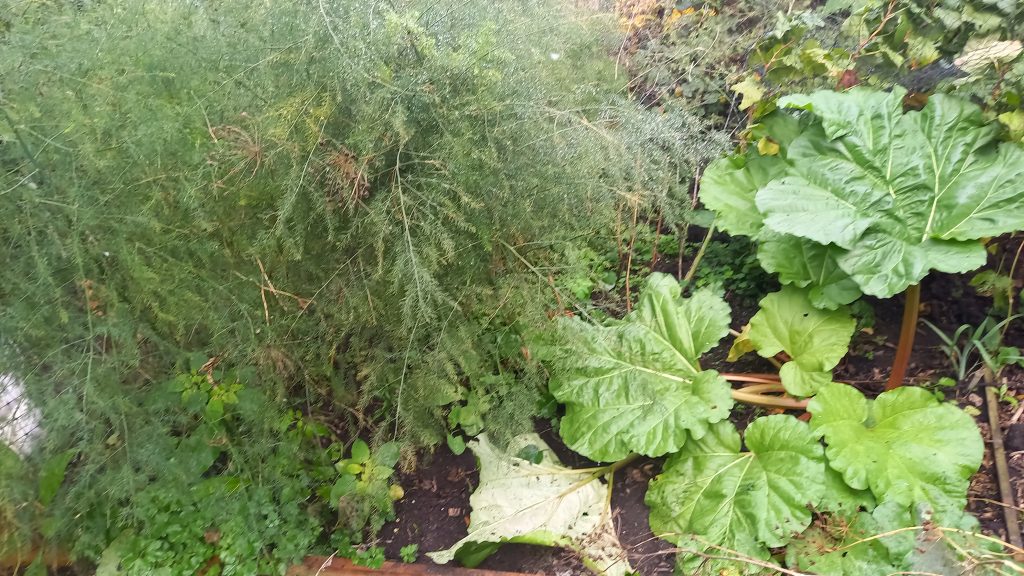
Pingback: Grow Your Own Nutrition